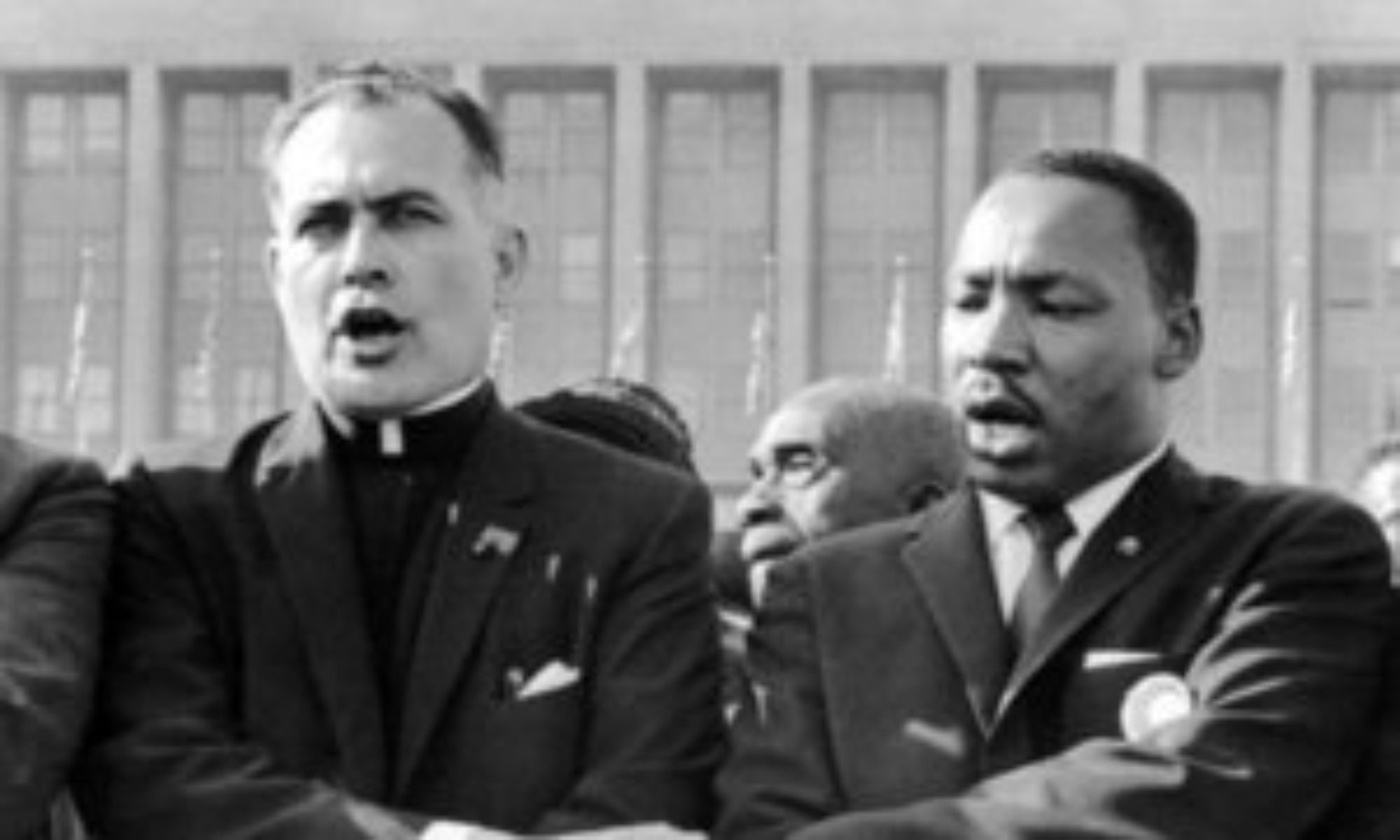My friend Richard Hyde with some reflections on architecture and American freedom:
Architecture is embodied values. From the humblest temporary dwelling to the grandest monument, buildings reveal what a society values. As Kenneth Clark put it at the beginning of Civilisation, his famous television series of some forty years ago: “If I had to say which was telling the truth about society: a speech by the minister of housing or the actual buildings put up in his time – I should believe the buildings.
I have spent much of the past two decades studying the buildings of the nation’s capital as a way of understanding this vast nation, now doubled in population since I was born in 1951. The waves of building up and tearing down in Washington indeed parallel what has happened in the rest of the nation: enormous growth and confidence in the 1950s and early 60s; vast upheavals and disruptions in the late 60s and 70s, the era of the downtown street demonstration, the growth of the suburbs and interstate system, and the withering of the inner city. More recently we are observing in Washington and elsewhere a resurgence of the inner city as the population continues to increase and suburbs outgrow the ability of railroads and highways to get people back into the city to work and to recreate.
As a scholar of religion, what I study in particular are the memorials in this city whose task it is to put up monuments that proclaim our common values, evaluate our history and pass on to future generations the lessons that the living have so painstakingly learned.
In this regard, despite the growth and turmoil, Washington has changed remarkably little. It is still a city iconically defined by five classical buildings that mark out east, west, north, south and center, making the city itself an enormous compass: Capitol, Lincoln Memorial, White House, Jefferson Memorial, Washington Monument. Each one is sedulously classical, or traditional, if you prefer, especially the Capitol, with domes, pillars, pilasters, porticos, pediments, architraves, the works. You might say that the Washington Monument is even older than classical, being an obelisk, of Egyptian origin. These buildings have not changed significantly in over sixty years, nor are they likely to, and their fundamental message remains the same: what Americans value over everything else is freedom.
A lot of water has come down the Potomac and a lot world-shattering events taken place since this configuration reached its completion in the still-dark days of World War II. At the dedication of the Jefferson Memorial on April 13, 1943, Jefferson’s birthday, President Roosevelt said, “Today, in the midst of a great war for freedom, we dedicate a shrine to freedom.” At no time in world history before or since had freedom been so threatened and the need for united action against its enemies been so great. Fortunately this nation and its allies mustered the necessary unity and a greater percentage of people on earth now enjoy some measure of any number of freedoms than ever.
Nonetheless, many threats to freedom remain and we Americans argue amongst ourselves, as we must, about how to face these threats and how to balance freedom with unity. How the other classical memorials and the many recent ones reflect this argument will be the subject of subsequent postings.
Richard Allen Hyde is interested in the religious background of contemporary politics and policy. The roots of this interest are various, but perhaps the deepest is simply a suggestion made by mathematician Freeman Dyson in Disturbing the Universe: “We shall not understand the dynamics of science and technology just as we shall not understand the dynamics of political ideology if we ignore the dominating influence of myths and symbols.” There is no better place to investigate this interaction than the nation’s capital, he says.
